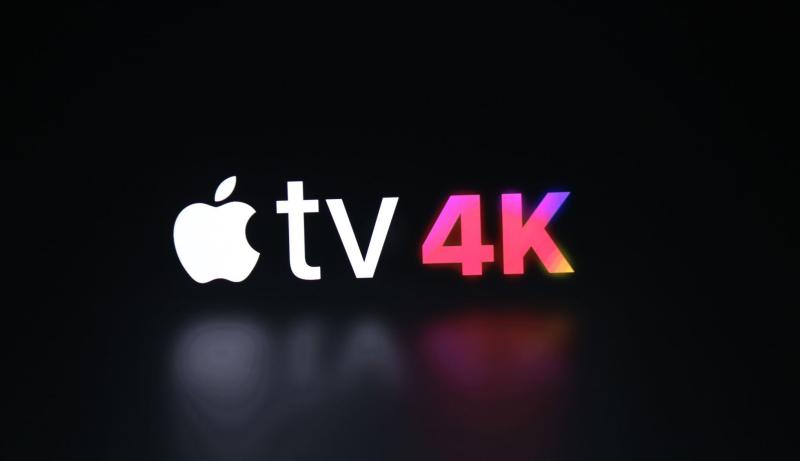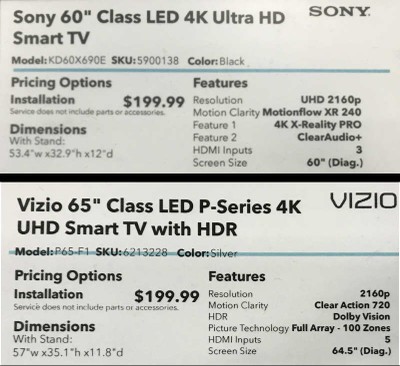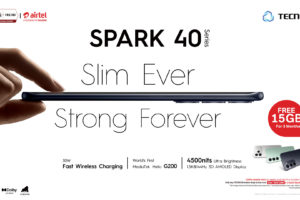The sphere of home entertainment has taken several quantum leaps over the years. The industry has birthed a whole new lingo we have to learn fast or else go the way of the dinosaur. Window shopping and eventually buying a good TV depends on understanding the nuances on the spec sheet of whatever is on display, no pun intended. Chief among these is UHD, LED, Plasma, OLED, 3D TV, HDR, HD TV, 4K, and now 4K HDR. For this segment, we will talk about 4K HDR and the significance of this standard for the quality of your home entertainment. We will further break this down to 4K and HDR to better explain what these two terminologies mean.
What is 4K?
We previously covered 4K quite substantially, but we can still give you a quick recap. To begin with, 4K has a doppelganger by the name is Ultra HD (UHD). While both terminologies are more or less interchangeable, and they often are, true 4K has a resolution of 4,096 x 2160 pixels compared to Ultra HD’s 3,840×2,160 pixel density. The reason for this variation is simple. The film industry reached true 4K standard which is normally reserved for movie theatres. However, most consumer electronics come with a 16:9 aspect ratio which is Ultra HD’s 3,840×2,160 pixels.
In contrast, your run-of-the-mill Full HD TVs can only manage 1,920 x 1,080 pixels. The higher the pixel density in a screen, the clearer the picture will be. Nevertheless, pundits agree that a 1080p TV with HDR trumps a 4K TV without HDR in terms of overall richer color depth and contrast. Having a high pixel resolution is only one thing. Granted, you will have a very clear picture output, but how vibrant will the colors be? Stretch a 1080p resolution over a large screen and the picture quality will start to deteriorate. Merge 4K with HDR and you get yourself a next-generation viewing experience that is altogether ballistic. More on this later.
Related content: How much do you know about 4K (Ultra HD) display?
What is HDR?
HDR stands for High Dynamic Range. On this point, TV HDR and completely different from photo HDR. What photo HDR does is merge different shots with different exposure to come up with a so-called high dynamic range. And it also isn’t our point of focus. TV HDR is frankly a different beast altogether. It adds realism to the motion pictures and literally makes them come alive.
TV HDR operates on a much wider color gamut to project a much more realistic picture output. The sheer level of contrast, range and color depth between the very bright and the very dark colors are honestly quite immersive and dynamic to the naked eye. HDR content preserves picture detail in very bright and very dark color variations.
High Dynamic Range dramatically extends the contrast range between the brightest white highlight and darkest black areas on the screen for astonishing brightness and striking contrast without loss of detail. It is very much how the human eye perceives color depth and contrast which up until now, we hadn’t been able to replicate on the big screen.
UHD (Ultra HD) Alliance/Ultra HD Premium
Initially, TV manufacturers dubiously slapped the HDR sticker was on any number of TVs regardless of quality, as a marketing gimmick. Fortunately, TV, manufacturers, tech companies and content producers got wise and joined forces to create the UHD (Ultra HD) Alliance. Certification from the UHD Alliance, while by no means all-inclusive has made great strides to curb this wild, wild west of TV standards. A certified HDR TV will have an Ultra HD Premium sticker. For the most part, will match the quality and specs of the TV you are getting.
Related content: A complete beginner’s guide to Flat screen and smart TVs
Can you have HDR without 4K
Yes you can. 4K is a video resolution and shouldn’t be confused with HDR.
Why 4K HDR matters for Home Entertainment
So here’s a quick recap on what we have covered so far: 4K, by general understanding, comes in two forms. We have true 4K resolution (4,096 x 2160 pixels) and Ultra HD (3,840×2,160 pixels). Movie theatres are capable of screening true 4K. TV manufacturers scale down TVs and monitors to what Ultra HD. A Full HD resolution (1,920 x 1,080 pixels) will outperform Ultra HD with the introduction of the HDR standard.
In this where new so-called TV standards are cropping up like mushrooms, telling apart snake-oil marketing gimmicks from actual technological advancement is difficult. HDR, unlike so many other standards, while still in its infancy shows a lot of promise. The realism of HDR content, especially coupled with Ultra HD and 4K resolutions is something to behold. Imagine viewing James Cameron’s Avatar and seeing the true depth of the colors, brightness, and contrast of Pandora. 4K by itself is good, but it pales in comparison to 4K HDR, a merger of a higher resolution and better all-round color gamut. What this means for consumers is a hitherto unparalleled holy grail for home entertainment.
How do tell 4K HDR product
Now the most important question for you as a consumer is how to recognize 4K HDR products on the market. The most obvious way is to check the labels or specs sheet usually placed in the packaging. Manufacturer won’t hide this fact as in itself makes their product standout.
Lets be clear; not all 4K/UHD TVs support HDR. Make sure the label clearly and explicitly mentions that they support 4K with HDR.
4K HDR support and content
Taking advantage of 4K HDR depends on a number of factors. HDR source and output devices that support this standard include HDR-capable TVs, 4K Blu-ray players and some game consoles like the Microsoft’s Xbox One S. Your current High-Speed HDMI cable is probably good enough to transmit HDR content. As with 4K, you will also need super fast internet if at all you are streaming HDR content online.
The current issue is the desert of HDR content online. Amazon Prime Instant Video and Netflix are spearheading the drive to push more HDR content. Already, TV shows such as the gritty Dare Devil and the historical biopic Marco Polo can be viewed in HDR. Movie producers can re-master older movies to support HDR. However as we haven’t yet watched any after such treatment, we have little to add on this matter.
Cover image: Apple Event: TheVerge
Discover more from Dignited
Subscribe to get the latest posts sent to your email.













